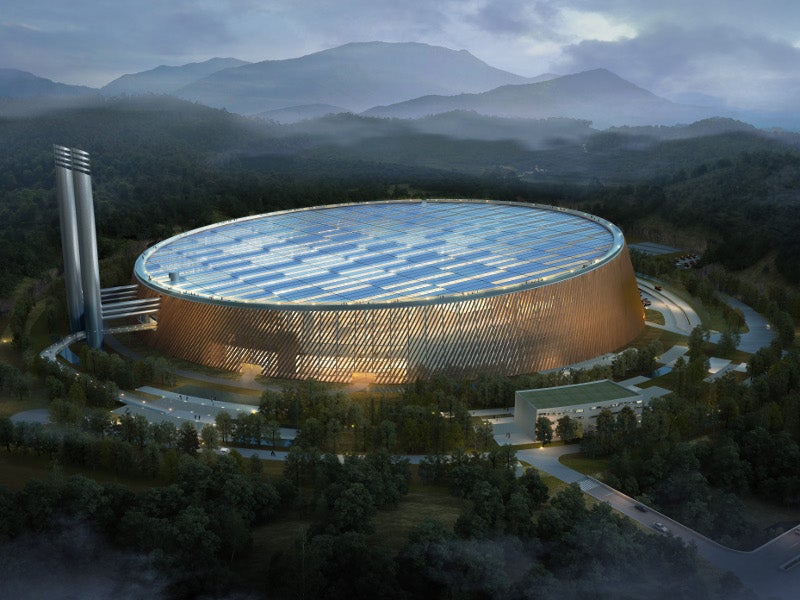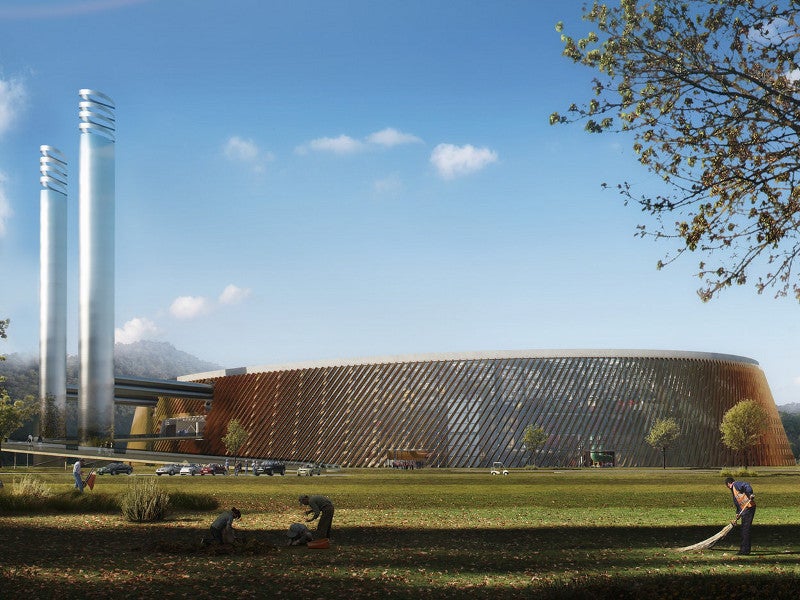The Shenzhen East waste-to-energy project is a 165MW power plant under construction in Shenzhen, Guangdong Province, China. It will be one of the world’s largest waste-to-energy (WTE) plants, upon completion. It will be capable of combusting 5,600 tons (t) of municipal solid waste a day.
Shenzhen Energy Environment Engineering owns the Shenzhen East waste-to-energy project.
The plant will be capable of processing roughly one-third of the annual municipal solid waste generated in Shenzhen and produce 550 million kWh of electricity a year.
Detailed design work on the project commenced in early 2016, while commissioning is expected to be completed in 2020.
Solid waste in Shenzhen
Shenzhen, with a massive population of 20 million, produces approximately 15,000t of municipal solid waste a day, which is expected to increase by approximately 7% a year.
In October 2007, Babcock & Wilcox Vølund entered Chinese waste-fired power plant technology market by signing a license agreement with Guangzhou Guangri Group.
The new Shenzhen East waste-to-energy plant will use the combustion grate system designed by Babcock & Wilcox. It will include the most advanced technology in waste incineration and power generation.
Shenzhen East waste-to-energy plant make-up
The Shenzhen East waste-to-energy plant will be located nearby the Longgang River in Shenzhen, Guangdong Province, China.
The plant will comprise six DynaGrate combustion grates, a boiler, a central turbine unit featuring double flue stacks, feeding pusher system, and hydraulic system. It will also feature burners and associated components to support the main infrastructure.
The DynaGrate combustion grate system, designed by Babcock & Wilcox, is an advanced version of Bruun & Sørensen technology and offers excellent performance with low maintenance cost.
The system features a 6m-wide grate module, which allows supplying grates with a capacity of up to 55 metric tons of waste an hour.
B&W will also supply the boilers and associated equipment such as burners and hydraulics. The equipment will be manufactured at B&W’s production facility in Esbjerg, Denmark, and subsequently shipped to China in 48 parts and re-assembled under the supervision of the licensee.
The roof of the facility will measure 66,000m², of which up to 44,000m² will be mounted with photovoltaic panels to generate renewable power for the operations. The facility will also include a visitor education center and an observation platform.
Architecture
The Shenzhen East waste-to-energy plant will be designed as a circular facility than in the conventional rectangular design for industrial buildings. The design is expected to minimise the plant’s footprint as well as reducing the amount of excavation works required for the construction.
In addition to generating electricity, the facility is also expected to enlighten the people of Shenzhen about the waste-to-energy technology being applied. A landscaped park will welcome the visitors who will go through an entrance bridge connecting the entrance lobby with the visitor centre. The plant machinery is visible while crossing the bridge.
The design also includes an internal circular path and walkway circle, which depicts each segment of the process. A 1.5km panoramic public walkway will be created on the roof, which presents a view of the surrounding landscape and the city of Shenzhen.
Contractors involved
A contract worth $40m was awarded to Babcock & Wilcox Vølund, a subsidiary of The Babcock & Wilcox Company, in November 2016 for the design and supply of six waste-to-energy boilers for the Shenzhen waste-to-energy plant.
The scope of the contract also includes the supply of associated equipment.
Denmark-based architects Schmidt Hammer Lassen and Gottlieb Paludan designed the circular building of the Shenzhen plant.
Schlaich Bergermann Partners is the structural engineer, while Beauty & the Bit is responsible for the project visuals.





